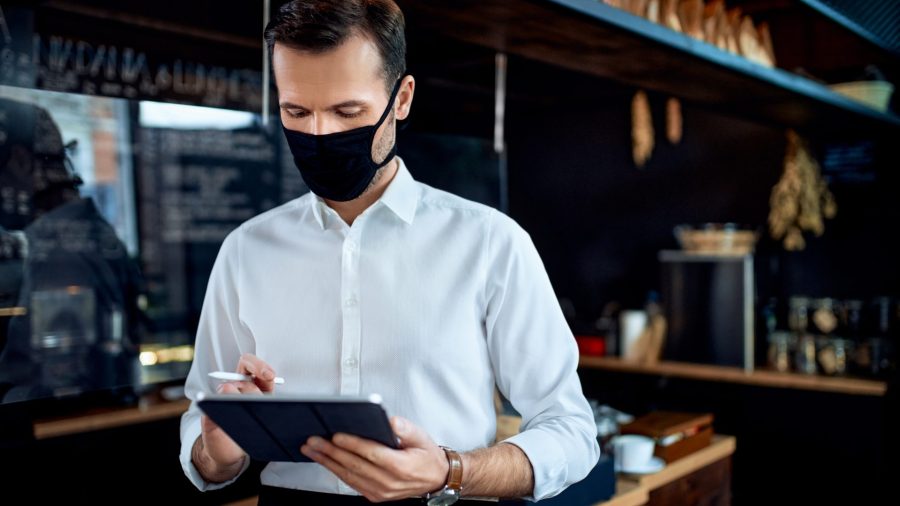As states ease mask mandates, consumers remain wary of omicron and future variants. At the same, experts say businesses need to brace for an expected surge in demand in the second quarter.
With that, the monthly Consumer Tracker report from Deloitte indicated that unlike previous Covid waves, omicron failed to substantially shake consumer confidence, with Americans planning to up their discretionary spending on such things as recreation, restaurants, electronics and leisure travel. They also appear confident that their financial situations will improve despite worries about inflation.
“Overall discretionary spending intentions among U.S. consumers remains steady. People have seen this movie before. And I think this speaks to a growing resilience to the pandemic’s ongoing ebb and flow,” said Anthony Waelter, U.S. consumer industry leader at Deloitte.
In other economic news, research by Datassential indicates the percentage of people still avoiding dining out has declined to its lowest level since March 2020 – just 23%, down from a high of 68% in April 2020 — despite 88% of respondents saying they still are somewhat or very concerned about the pandemic.
Also, the “State of the Industry” survey conducted by the National Restaurant Association in December indicated the food service industry is forecast to hit $898 billion in sales in 2022, up from $799 billion last year.
Restaurant preferences and inflation concerns
Against the backdrop of improving market conditions, an analysis by Morning Consult found restaurant behaviors have been changed forever by the pandemic.
Of the 13,000 people queried globally for the Morning Consult’s “State of Food and Beverage” report, dining-out behavior changed most markedly among baby boomers, and wealthier people indicated they were much more likely to eat out once a week than those with lower incomes.
“For now, takeout remains key for restaurant growth. Consumers will give repeat business to restaurants and third-party services that seamlessly meet their needs, provide optimized online ordering and offer perks for their loyalty,” Morning Consult concluded.
Looking at costs, distribution giant Sysco recently told investors it doesn’t expect the effects of omicron to persist but noted the cost of food supplies is increasing at a 10% pace, Restaurant Business reported (Feb. 10).
“It’s been double-digit now for longer than any of us in the industry would like,” CEO Kevin Hourican told financial analysts during the company’s fiscal second quarter earnings call. “It’s hard to predict how long that will be able to persist.”
More than half of operators told Datassential they already have raised prices and/or reduced menu selections. The NRA reported 90% of operators said food costs are higher than they were pre-pandemic while 80 % said they expected the trend to continue this year.
Labor concerns
Labor costs are also a major component of the inflation spiral.
About half of operators told Datassential that recruiting and retaining employees is their top concern while the NRA reported of the 40% of operators who said they are still not at full capacity, seven in 10 blamed lack of staff, opening the door for expanded use of technology like artificial intelligence.
“On average, a cashier at a quick service restaurant open 15 hours per day will cost more than $6,000 per month (with all associated carrying costs),” GRUBBRR CEO Sam Zietz noted. He said Samsung’s GRUBBRR-powered kiosks can be secured for a one-time cost of $2,500 and a $199 monthly fee, making a significant dent in labor costs.












